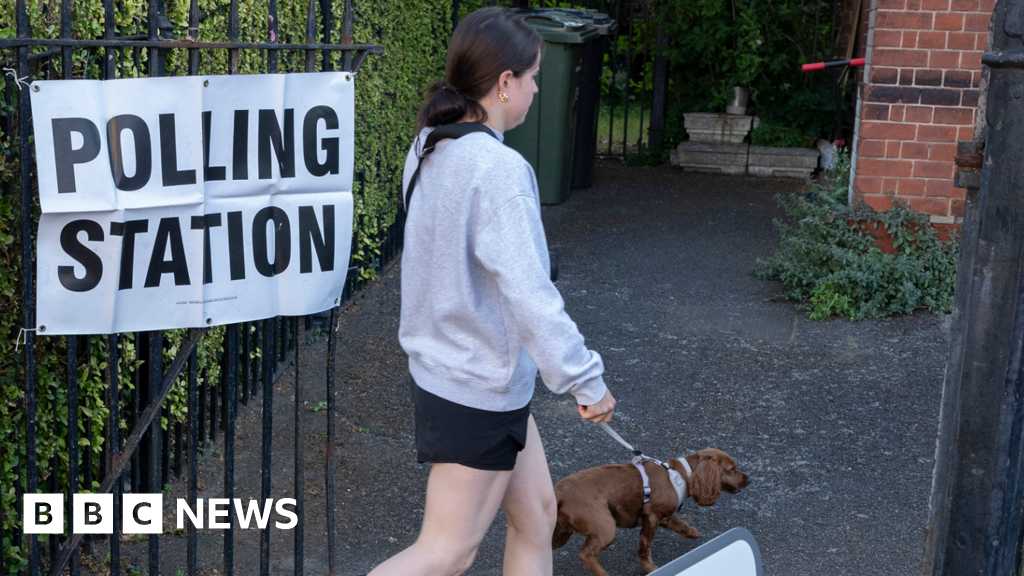Get the latest tech news
AI-Fakes Detection Is Failing Voters in the Global South
With generative AI affecting politics worldwide, researchers face a “detection gap,” as the biases built into systems mean tools for identifying fake content often work poorly or not at all in the Global South.
But in much of the world outside the US and parts of Europe, detecting AI-generated content is difficult because of biases in the training of systems, leaving journalists and researchers with few resources to address the deluge of disinformation headed their way. Most tools currently on the market can only offer between an 85 and 90 percent confidence rate when it comes to determining whether something was made with AI, according to Sam Gregory, program director of the nonprofit Witness, which helps people use technology to support human rights. So-called cheapfakes, or media manipulated by adding misleading labels or simply slowing down or editing audio and video, are also very common in the Global South, but can be mistakenly flagged as AI-manipulated by faulty models or untrained researchers.
Or read this on Wired